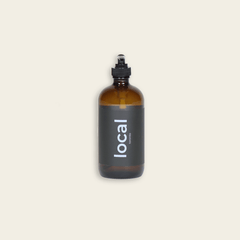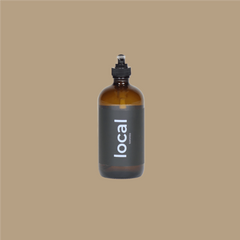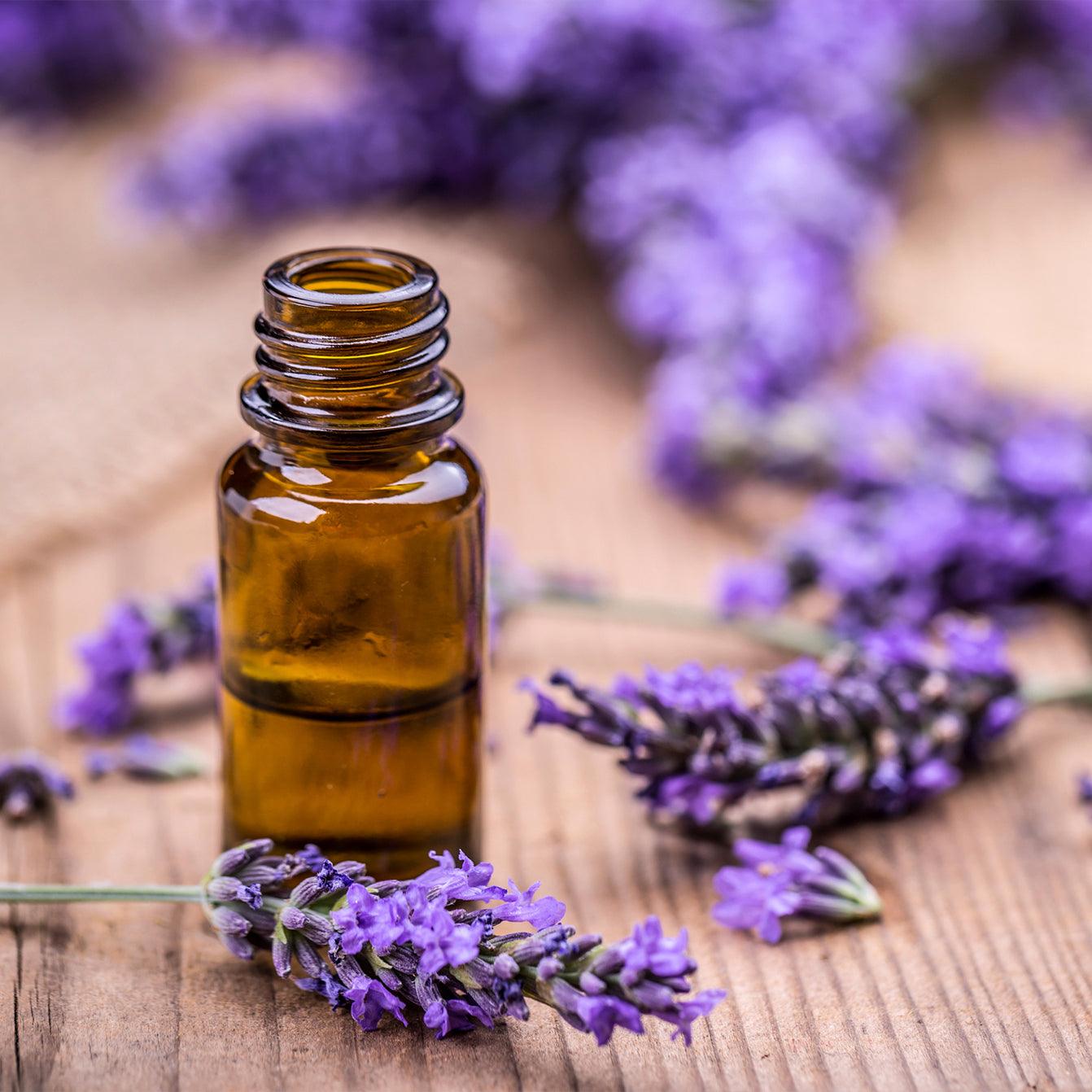Not All Essential Oils Are Created Equal
When it comes to essential oils, it is vital that you know the quality of the oil that you are buying. Otherwise, you may be unknowingly buying a synthetic product with none of the health benefits that pure essential oils have! And with the plethora of essential oil companies out there all claiming to be the best, it is important to know that when it comes to quality, not all of them are created equal.
"100% Natural", "therapeutic grade", "professional grade", "aromatherapy grade"
It can be incredibly confusing trying to decipher which essential oils really are the purest when so many companies use terms like "100% Natural", "therapeutic grade", "professional grade", "aromatherapy grade", "organic grade" or "medicinal grade". The truth is that there is no governmental agency or formally approved grading system used for the essential oil industry at this time, so most of these terms are used for marketing purposes.
With that being said, because most essential oils are distilled and standardized or adulterated for use in other industries, it is understandable that those using oils for therapeutic purposed would want a way to portray the purity of their oils for these purposes (1). It can be frustrating however when companies claim to be therapeutic grade but then do not adhere to standards that maintain the purity of the oils by either diluting the oils with a carrier oil, not storing the oils in the proper amber glass containers that protect the oil from light, or producing synthetic products all together, and then claiming that the oils are "pure".
Pure Essential Oils
So what makes an essential oil pure? Pure essential oils are never degraded or adulterated with fillers, additives, or synthetic properties that are often used to make a product go farther. A pure, high-quality oil will also be free of chemicals such as solvents sometimes used in the extraction process, pesticides and herbicides that may have been used during the growing process, as well as GMOs, or genetically modified ingredients.

Determining the Purity of the Oils
Growing & Harvesting Conditions
The first thing you want to look for is a company that pays close attention to the overall growing conditions of the plants that they are using, like the soil conditions, seed quality, altitude, and climate. In addition to this, you will want to know whether the plants being used are grown in indigenous locations, that they are organic or wildcrafted when available, and that most of the plants used are grown in remote locations where no pesticides, herbicides, or harmful chemicals are used. In addition, you should find out about the harvesting methods that the company uses as well as the care that is taken during the distillation, bottling and storage processes of the essential oils. All of these factors play a significant role in the purity of the end product.
Type of Testing
Another thing to look out for is the type of testing that has been done to the oil throughout the manufacturing process. One of the most common techniques used is called GC/MS (Gas-chromatography- mass spectrometry) testing. GC/MS testing is a common additive revealing procedure that separates the components of an essential oil according to differences in molecular volume. The GC/MS process can detect if two or more oils with similar chemical composition have been mixed together, if an oil has had the terpenes removed, or if the oil has been rectified (3).
The data collected for each oil during this process can be compared to standards for each essential oil to make determinations about the purity and other qualities of the oil. While this form of testing can be helpful in determining the quality of an oil, it is also important to note that essential oils can still be Adulterated in ways that GC/MS tests cannot determine. For example, if synthetic linalyl acetate were to be added to pure lavender oil, a GC/MS analysis cannot tell whether that compound is synthetic or natural, only that it is linalyl acetate. In addition to this, some oils are redistilled to make their fragrance more appealing, or an oil could be blended or diluted for example by adding a more expensive lavender with a less expensive lavender (4).
That is why it is important to use several different kinds of testing methods in order to ensure purity. These other testing methods include Organoleptic testing, Fourier Transform Infrared spectroscopy (FTIR), Microbial testing, Chirality testing, Isotopic analysis and finally heavy metal testing. Another very important aspect of the testing process is the duration of time that the essential oils are tested. For example, a company that tests their oils for a longer length of time, for example, 15-30 minutes, are going to have far different and much more in-depth results than those who only test for 5 minutes, which is the industry standard.
Good luck!
As you will see if you haven’t already, the world of essential oils is enormous, and as more and more people choose to use oils for their incredible therapeutic benefits to improve their overall physical, emotional and mental health, we will continue to see more and more options available in the marketplace. We hope that this material will help you to find the best product out there so that you can gain the most from the use of your essential oils!
Additional References:
“How Do I Determine the Quality of Essential Oils? | Taking Charge of Your Health & Wellbeing.” Taking Charge of Your Health & Wellbeing. N.p., n.d. Web. 11 Mar. 2016.




Leave a comment